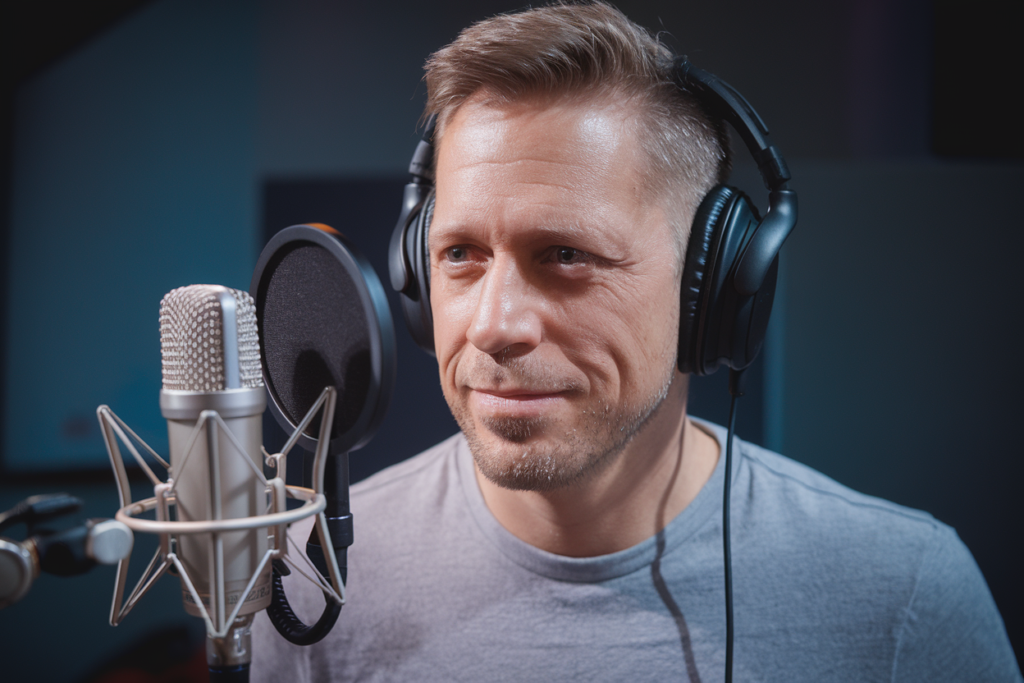Key Takeaways
- Enhance Viewing Experience: Understanding German subtitles significantly improves the clarity and accessibility of films and shows, allowing for deeper engagement with content.
- Importance of Quality Subtitles: Good subtitles bridge language gaps, cater to diverse audiences, and provide essential context that enriches media consumption.
- Challenges to Overcome: Viewers often face issues like cultural misinterpretations, poor timing, and complex vocabulary in subtitles; recognizing these can lead to better media choices.
- Effective Subtitle Creation: Focus on timing and synchronization by matching speech pace, using short bursts of text, and ensuring clear transitions for an engaging experience.
- Cultural Relevance Matters: Localization is key in making translations resonate culturally; understanding regional dialects adds authenticity and emotional connection for viewers.
- Utilize Resources Wisely: Leverage tools like Aegisub or Subtitle Edit for effective subtitle creation while engaging with online communities for tips and best practices.
Ever found yourself struggling to understand a movie or show because the subtitles just don’t cut it? If you’re in Germany and want to enhance your viewing experience, mastering German subtitles is key. Whether you’re learning the language or simply want to enjoy content without missing a beat, having effective tips can make all the difference.
Understanding German Subtitles
Understanding German subtitles enhances your viewing experience by making dialogues clearer and more accessible. Mastering the nuances of these subtitles can significantly impact how you engage with films and shows.
Importance of Subtitles in Media
Subtitles play a crucial role in media consumption, especially for non-native speakers. They provide context and clarity, ensuring that you grasp every nuance of dialogue. Effective subtitles bridge language gaps, allowing you to connect more deeply with characters and storylines. Good subtitles also cater to diverse audiences, including those who are hearing impaired or prefer reading along for comprehension.
Common Challenges with German Subtitles
Navigating German subtitles can present several challenges. Many viewers struggle with translations that miss cultural references or idiomatic expressions, leading to confusion about the content’s intent. Additionally, poorly timed subtitles may not sync well with speech delivery, causing frustration while trying to follow along. In some instances, viewers encounter complex vocabulary or jargon that’s not commonly used in everyday conversation. Recognizing these challenges enables you to approach media content with a critical eye and seek out high-quality subtitled versions whenever possible.
Creating Engaging Subtitles
Creating engaging subtitles enhances the viewing experience and ensures clarity. You want to keep your audience captivated while providing accurate translations.
Tips for Timing and Synchronization
Timing plays a critical role in subtitle effectiveness. Aim for synchronization with the audio, ensuring that viewers can read subtitles without missing important dialogue or action. Use these tips:
- Match speech pace: Align subtitle appearance with character dialogue speed. Avoid long delays that might confuse viewers.
- Short bursts: Keep each subtitle brief, ideally 1-2 lines max. This allows quick reading without overwhelming your audience.
- Clear transitions: Fade subtitles in and out smoothly to maintain visual flow and coherence during scene changes.
Choosing the Right Font and Style
Font choice impacts readability significantly. Opt for clear, sans-serif fonts like Arial or Helvetica that are easily legible on various backgrounds. Consider these style tips:
- Size matters: Use a font size that’s readable on all devices, especially when viewed on smaller screens.
- Contrast is key: Ensure high contrast between text color and background to prevent strain on viewers’ eyes.
- Consistent format: Maintain uniformity in style throughout your project—keep text alignment, placement, and formatting consistent.
By focusing on timing, synchronization, font choice, and style, you create engaging subtitles that enhance understanding and contribute to an enjoyable viewing experience for German audiences.
Cultural Considerations
Cultural context plays a crucial role in crafting effective German subtitles. Understanding the nuances of language and culture can significantly enhance viewer engagement.
Localization vs. Translation
Localization goes beyond mere translation. It involves adapting content to resonate with the target audience’s cultural references, humor, and social norms. Effective localization ensures that jokes make sense and idiomatic expressions feel natural in German. For instance, an English phrase might not translate directly into German without losing its intended meaning. By focusing on localization, you create a more immersive experience for viewers, allowing them to connect deeply with the material.
Understanding Regional Dialects
Germany is home to various regional dialects that influence how language is perceived and understood. Incorporating these dialects into subtitles can enrich the viewing experience by adding authenticity to characters’ voices. Recognizing dialect differences helps ensure that subtitled content reflects local speech patterns appropriately. This attention to detail can also enhance relatability for audiences who identify with specific regions, creating a stronger emotional connection to the film or show.
By paying careful attention to cultural considerations like localization and regional dialects, you set the stage for more engaging and accessible German subtitles that resonate well with diverse viewers.
Tools and Resources for Subtitle Creation
Creating high-quality subtitles involves using the right tools and resources. These can significantly enhance your workflow and the overall effectiveness of your subtitles.
Popular Software and Platforms
Several popular software options streamline subtitle creation. Here are some effective choices:
- Aegisub: A free, open-source platform that offers advanced features for timing, styling, and translating subtitles. Its interface supports audio waveform visualization.
- Subtitle Edit: An easy-to-use tool that allows you to create, edit, and synchronize subtitles. It supports over 200 subtitle formats.
- Amara: A web-based tool perfect for collaborative projects. You can create captions easily while engaging with a community focused on accessibility.
- Kapwing: An online editor that provides automatic subtitling capabilities. This feature saves time while maintaining a user-friendly experience.
These tools cater to various needs, from basic editing to more intricate localization projects.
Online Communities and Forums
Engaging with online communities enhances your understanding of subtitling practices. Consider joining these forums:
- Reddit (r/Subtitles): This subreddit is filled with enthusiasts sharing tips on creating better subtitles or discussing challenges faced in the industry.
- ProZ.com: A professional network where translators and subtitlers share insights about best practices in localization.
- Facebook Groups: Various groups focus on subtitling discussions, allowing users to seek advice from peers or share their experiences.
Participating in these platforms lets you connect with others who share similar interests in enhancing subtitle quality.
Conclusion
Mastering German subtitles can transform your viewing experience. By focusing on clarity timing and cultural relevance you’ll not only enhance your understanding but also deepen your connection with the content. Whether you’re a language learner or simply enjoying a film it’s vital to seek high-quality subtitled versions that resonate with you.
Utilizing the right tools and engaging with communities will further refine your skills in subtitle creation. Embrace the challenges that come with crafting effective subtitles and remember that attention to detail makes all the difference. With these strategies you’ll create an enjoyable and accessible experience for yourself and others, leading to more meaningful interactions with German media.
Frequently Asked Questions
Why are German subtitles important for viewers?
German subtitles enhance understanding and accessibility, especially for non-native speakers. They provide context, bridging language gaps and allowing viewers to engage more deeply with films and shows.
What challenges do viewers face with German subtitles?
Common challenges include mistranslated cultural references, poorly timed subtitles, and complex vocabulary. These issues can lead to confusion and frustration during the viewing experience.
How can I improve my subtitle creation skills?
Improving subtitle skills involves focusing on timing, using clear fonts, ensuring high contrast for readability, and localizing content to fit cultural nuances. Practice makes perfect!
What tools are recommended for creating subtitles?
Popular tools include Aegisub, Subtitle Edit, Amara, and Kapwing. Each offers different features catering to various editing needs from basic tasks to advanced localization projects.
How does localization differ from translation in subtitling?
Localization adapts content to resonate culturally with the target audience by considering humor and social norms. Translation focuses solely on converting text without these cultural adaptations.







